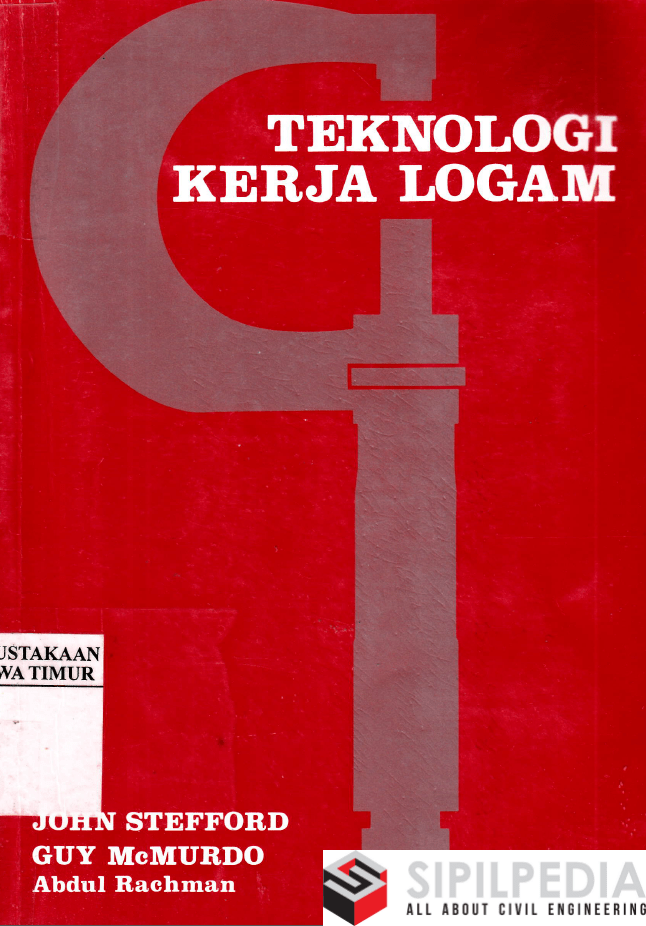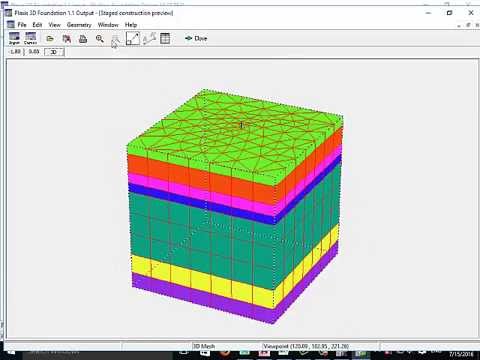In recent years, soil models have significantly advanced from the basic elastic perfectly plastic Mohr Coulomb soil models. The Mohr-Coulomb soil model was limited in that the stress-dependency of soil stiffness was not taken into account in addition to the yield cap being fixed in principal state.
Now we have soil models that can model soil stiffness degradation with stress in addition to having a yield surface that expands or contracts due to plastic straining.
For strain-hardening soil models (such as the Hardening Soil model in PLAXIS), the yield surface expands to accommodate plastic straining while strain-softening soil models will have a contraction of the yield surface.
At typical working loads, whether a user has adopted a strain-hardening or strain-softening soil model is often irrelevant since the soil has not reached the yield surface. For cases such as cavity expansion, however, the choice of the soil model has a significant impact on the resulting stresses and displacements since soil failure will have occurred. For clayey soils, a strain-hardening soil model will show a permanent increase in mean effective stress in the soil adjacent to the expanded cylindrical (or spherical) cavity. A strain-softening soil model, however, will show an increase in mean effective stress up to soil yielding and then exhibit a reduction in mean effective stress. After cavity expansion, a strain softening soil model can show a reduction or an increase in mean effective stress in the soil adjacent to the cavity.
- This Tutorial Manual is a simplified version of the Tutorial Manual supplied with the Professional Version of PLAXIS3D Foundation and takes the limitations of the Introductory Version in account. It is intended to help new users become familiar with PLAXIS 3D Foundation.
- The Student Pack contains the introductory versions of PLAXIS 2D and PLAXIS 3D software, and a special version of the Tutorial Manual 2010.PLAXIS software is based on the Finite Element Method (FEM) and intended for 2-Dimensional and 3-Dimensional geotechnical analyses of deformation and stability of soil structures, as well as groundwater flow, and used in geo-engineering applications such as.
- This Tutorial Manual is a simplified version of the Tutorial Manual supplied with the Professional Version of PLAXIS3D Foundation and takes the limitations of the Introductory Version in account. It is intended to help new users become familiar with PLAXIS 3D Foundation.
Oct 24, 2019 PLAXIS 3D Manuals 24 October 2019. PLAXIS 3D CONNECT Edition V20 - Tutorial Manual; PLAXIS 3D CONNECT Edition V20 - Reference Manual. PLAXIS 3D 2017.01.

The most advanced soil models at present (e.g. the SCLAY-1S soil model) have improved on this further by taking into account the destructuration of clays due to large strains. These models consider the breakdown of inter-particle bonds due to large strains and the destructuration of the clay structure.
In recent years, soil models have significantly advanced from the basic elastic perfectly plastic Mohr Coulomb soil models. The Mohr-Coulomb soil model was limited in that the stress-dependency of soil stiffness was not taken into account in addition to the yield cap being fixed in principal state.
Plaxis 3d Tutorial


Now we have soil models that can model soil stiffness degradation with stress in addition to having a yield surface that expands or contracts due to plastic straining.

For strain-hardening soil models (such as the Hardening Soil model in PLAXIS), the yield surface expands to accommodate plastic straining while strain-softening soil models will have a contraction of the yield surface.
At typical working loads, whether a user has adopted a strain-hardening or strain-softening soil model is often irrelevant since the soil has not reached the yield surface. For cases such as cavity expansion, however, the choice of the soil model has a significant impact on the resulting stresses and displacements since soil failure will have occurred. For clayey soils, a strain-hardening soil model will show a permanent increase in mean effective stress in the soil adjacent to the expanded cylindrical (or spherical) cavity. A strain-softening soil model, however, will show an increase in mean effective stress up to soil yielding and then exhibit a reduction in mean effective stress. After cavity expansion, a strain softening soil model can show a reduction or an increase in mean effective stress in the soil adjacent to the cavity.

The most advanced soil models at present (e.g. the SCLAY-1S soil model) have improved on this further by taking into account the destructuration of clays due to large strains. These models consider the breakdown of inter-particle bonds due to large strains and the destructuration of the clay structure.
In recent years, soil models have significantly advanced from the basic elastic perfectly plastic Mohr Coulomb soil models. The Mohr-Coulomb soil model was limited in that the stress-dependency of soil stiffness was not taken into account in addition to the yield cap being fixed in principal state.
Plaxis 3d Tutorial
Now we have soil models that can model soil stiffness degradation with stress in addition to having a yield surface that expands or contracts due to plastic straining.
For strain-hardening soil models (such as the Hardening Soil model in PLAXIS), the yield surface expands to accommodate plastic straining while strain-softening soil models will have a contraction of the yield surface.
At typical working loads, whether a user has adopted a strain-hardening or strain-softening soil model is often irrelevant since the soil has not reached the yield surface. For cases such as cavity expansion, however, the choice of the soil model has a significant impact on the resulting stresses and displacements since soil failure will have occurred. For clayey soils, a strain-hardening soil model will show a permanent increase in mean effective stress in the soil adjacent to the expanded cylindrical (or spherical) cavity. A strain-softening soil model, however, will show an increase in mean effective stress up to soil yielding and then exhibit a reduction in mean effective stress. After cavity expansion, a strain softening soil model can show a reduction or an increase in mean effective stress in the soil adjacent to the cavity.
Plaxis 3d 2017 Tutorial Manual Pdf
The most advanced soil models at present (e.g. the SCLAY-1S soil model) have improved on this further by taking into account the destructuration of clays due to large strains. These models consider the breakdown of inter-particle bonds due to large strains and the destructuration of the clay structure.

